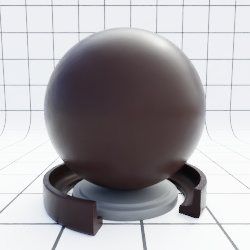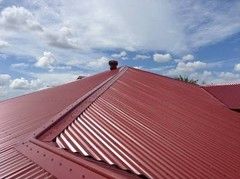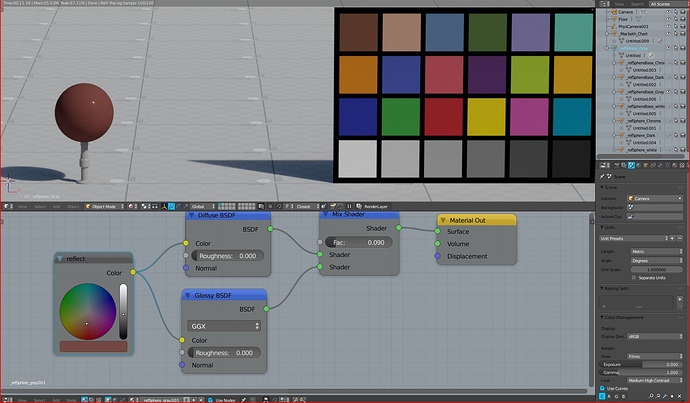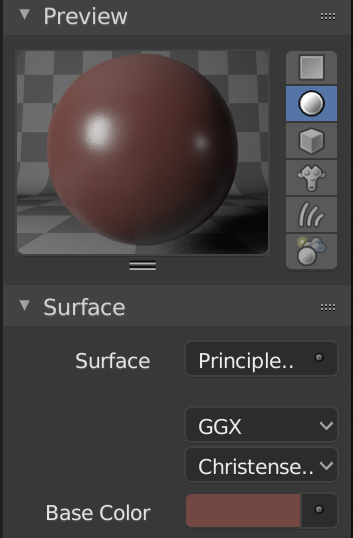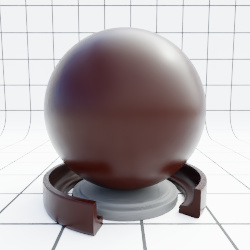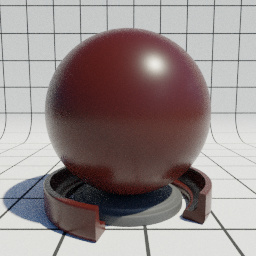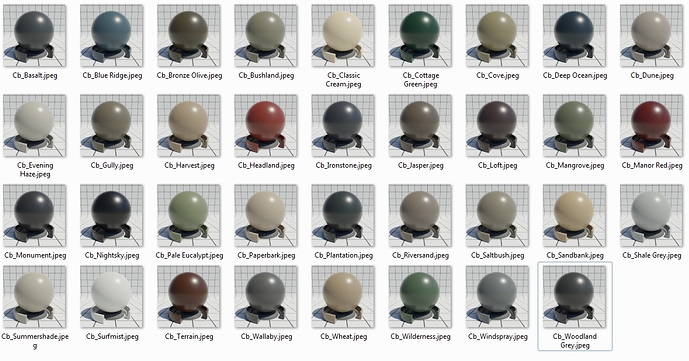How LRVs are measured
These values have been determined with reference to the
CIE Tristimulus Y10 9 Illuminant D65 and the 10° colorimetric observer, in accordance with BS 8493:2008+A1:2010.
The Y co-ordinate represents lightness and extends from 0 (black) to 100 (white) and has been used as a measure of light reflectance values (LRVs)
the above is from the PDF file i posted.I read everywhere in the PDF from colorcontrast,and i think to have a lightness value for the color in question ,this is the LRV for.
yes this has nothing to do with roughness or glossiness.
the LRV shows the consumer a easy way to read how light the paint is in comparsion to other colors and its LRV to make a choice based on colorcontrast.
I read that contrast difference of 30 LRV are the best contrast ratio for planning your coloration of doorframes vs wall colors ect.
however i would use the RGB colors as there are on the website or as HEX code into the Colorpicker
you dont have to divide the color or altering the saturation or something,because these are reference Norm colors like RAL
if you want to make a material from this for rendering,i would use a IOR of around 1.5 .this is a common value for carpaint,plastic ect.
edit,another interesting read
https://www.satra.com/spotlight/article.php?id=426
and c&p from another source
Light Reflectance Value is often confused with the term intensity. Intensity is about vividness or dullness, is the colour clear or muted.
Value speaks strictly to the lightness or darkness of a colour.
The LRV is the total quantity of visible and useable light reflected by a surface in all directions and at all wavelengths when illuminated by a light source.
The LRV is a measurement that tells you how much light a colour reflects, and conversely how much it absorbs. LRV runs on a scale from 0% to 100%. Zero assumed to be an absolute black and 100% being an assumed perfectly reflective white. An absolute black or perfectly reflecting white does not exist in our everyday terms. Approximately speaking, the average blackest black has a LRV of 5% and the whitest white 85%.
Below the mid-point of 50%, and you know the colour will tend to be darker absorbing more light than it will reflect back into the room. Thus, an interior lighting plan that accounts for the darker colour should be a priority. Colours with LRV higher than 50% will be lighter and will reflect more light back into the room than is absorbed.
The Light Reflectance Value is a guideline. A relative point of reference for predicting how light or dark a colour will look and feel once applied to the walls. It is not a set standard by which to choose colours. Rather an indicator to help you make your best guess.
another manor red source
i have found many different values for a manor red,here a render with a more redish version.

